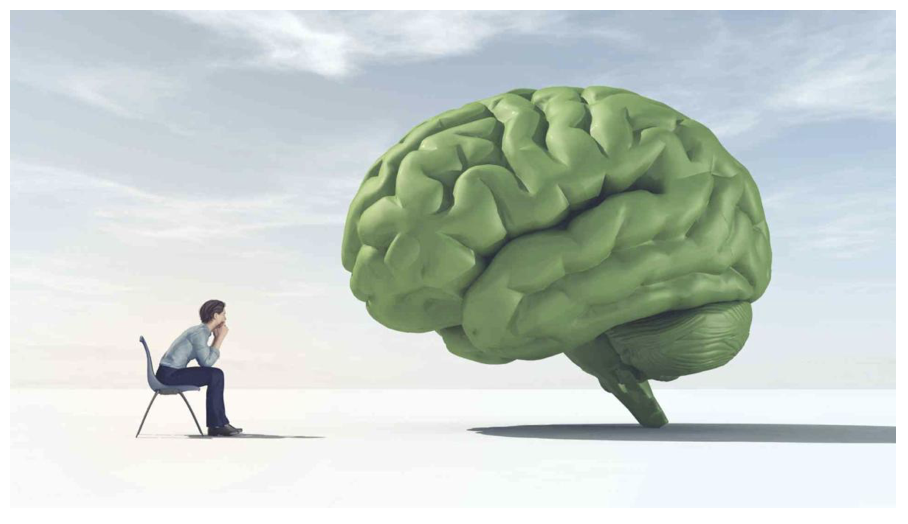Would you try it?
Understanding Phobias
We only have two fears at birth; the fear of falling and the fear of loud noises. All other fears are acquired through our life experiences or by observation.
But phobias are entrenched fears. Somehow they have become linked with our sense of survival and produce deep anxiety responses designed to keep us safe. The trigger is buried deep in the subconscious mind to create an automatic response and is located within the primitive brain that defines logic. This means that simply rationalising that the plane is safe and taking you away on a well-deserved holiday will not remove your phobia.
The most common phobia is arachnophobia (fear of spiders) followed by the fear of flying and social phobias. No one really knows how we acquire phobias. The most likely explanation is that they are a combination of social and cultural learning, genetic predisposition, psychological vulnerability, our upbringing and environmental factors.
But anything that we learn can be unlearned and visiting a clinical hypnotherapist offers several different ways to escape from these limiting beliefs and embrace the lives that we want to live.
The Brain On Clinical Hypnosis

Clinical hypnosis allows the therapist to plug straight into the subconscious mind. It follows the same route that formed the troublesome phobia and rewires the brain into more helpful responses.
Research shows that the amygdala, a key player in fear processing and emotional memory, undergoes changes during clinical hypnosis. This provides access to the deep subconscious and potentially facilitates the re-evaluation of phobic stimuli. Other brain regions involved in the process include the thalamus which relays sensory information, and the insula which is associated with self-awareness and introception.
Banishing Phobias
The first steps of clinical hypnotherapy are similar to all therapies. It starts with taking a case history to uncover when the phobia first started and what situations are the most alarming to the client. Then the therapist will explain a little about clinical hypnosis and guide the person gently into a relaxed state of hypnosis. The process often includes a simple
countdown to simulate a connection to the inner mind.
Once the client’s eyes are comfortably closed the therapist creates a very safe mental environment that allows them (client) to imagine their specific
phobia without triggering the emotional response of fear.
In this unique state, the therapist uses words and emotions to disengage the fear response and rewire more positive emotional connections to the triggering object, situation or circumstance. The therapist will often thank the subconscious mind for keeping the person safe and then negotiate new responses that are more relevant to the client’s current lifestyle.
Power of Clinical Hypnosis

Clinical Hypnotherapists are wordsmiths using language in very special ways that weave a combination of hypnotic imagery, suggestions and strong positive emotions into powerful reframing scenarios. This establishes new healthier neural pathways and clients often describe feelings of deep peace and relaxation. Many are surprised as they find themselves acting and responding more confidently after just one or two sessions.
Clinical hypnosis works with a wide range of symptoms from anxiety disorders to PTSD (post-traumatic stress disorder). In the state of hypnotic relaxation and heightened receptiveness to new ideas (hypnotic suggestibility), individuals can gain insight into the root cause of their challenges and develop effective coping mechanisms. Other techniques
establish positive associations by refocusing the client’s attention. The therapeutic suggestions are crafted in a manner that redirects attention away from the unhelpful thoughts allowing them to fade away naturally into old forgotten memories.
Article from: London School of Clinical Communication & Hypnosis (March 2024)

